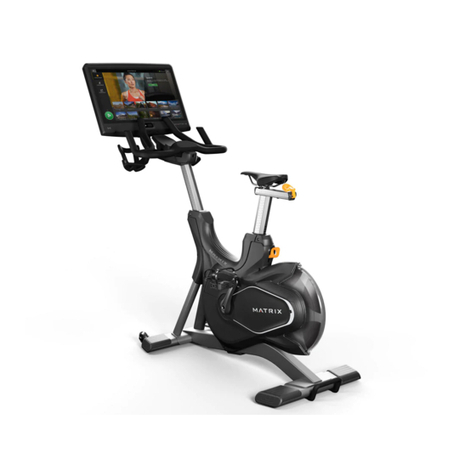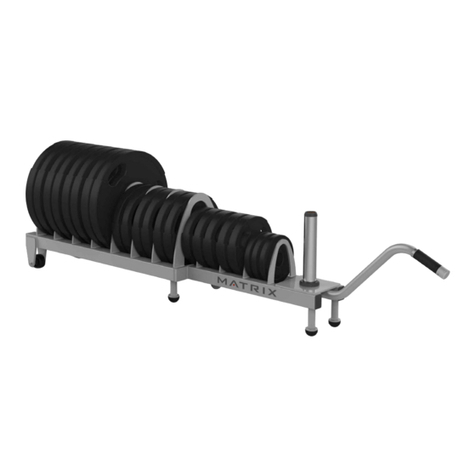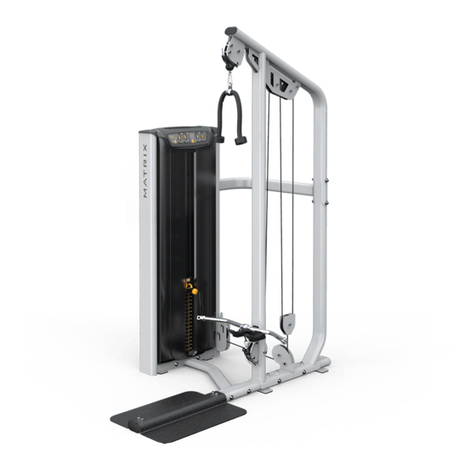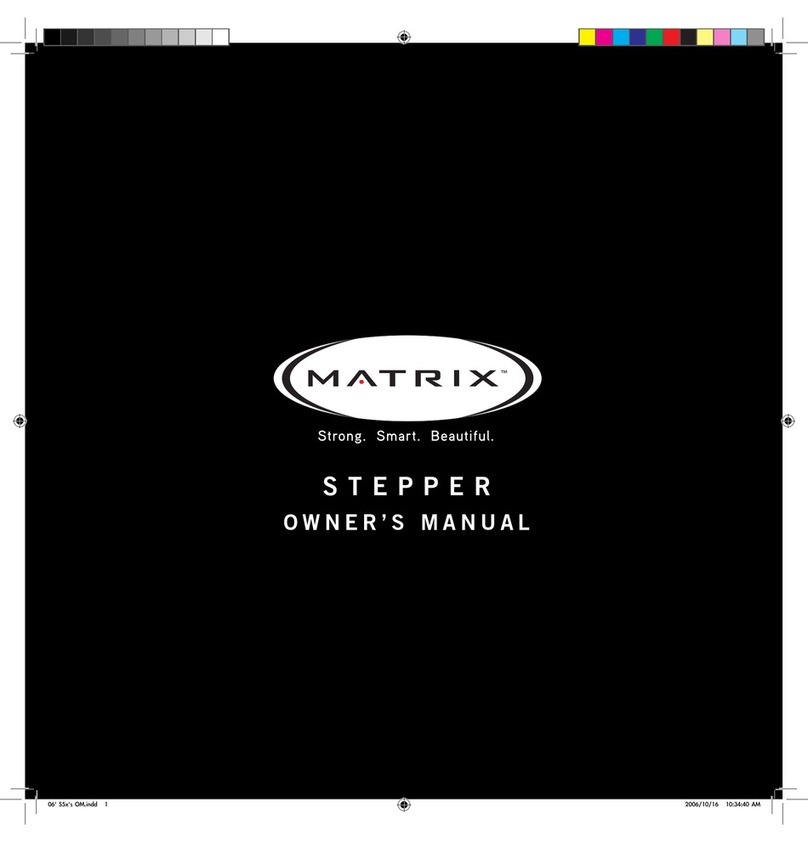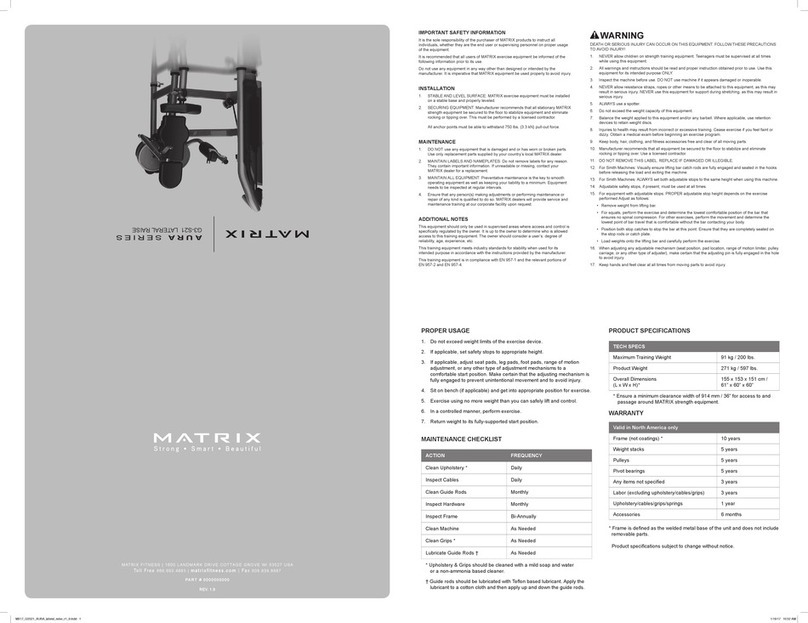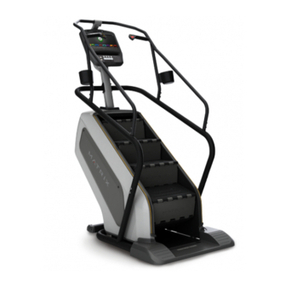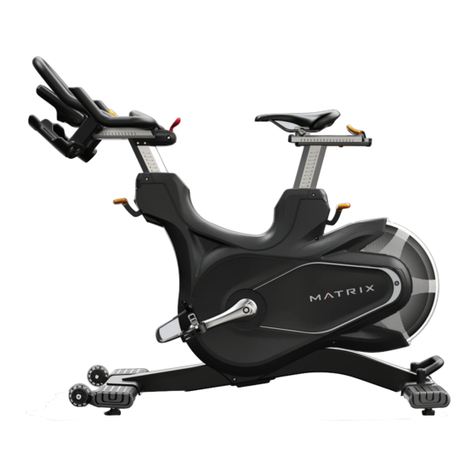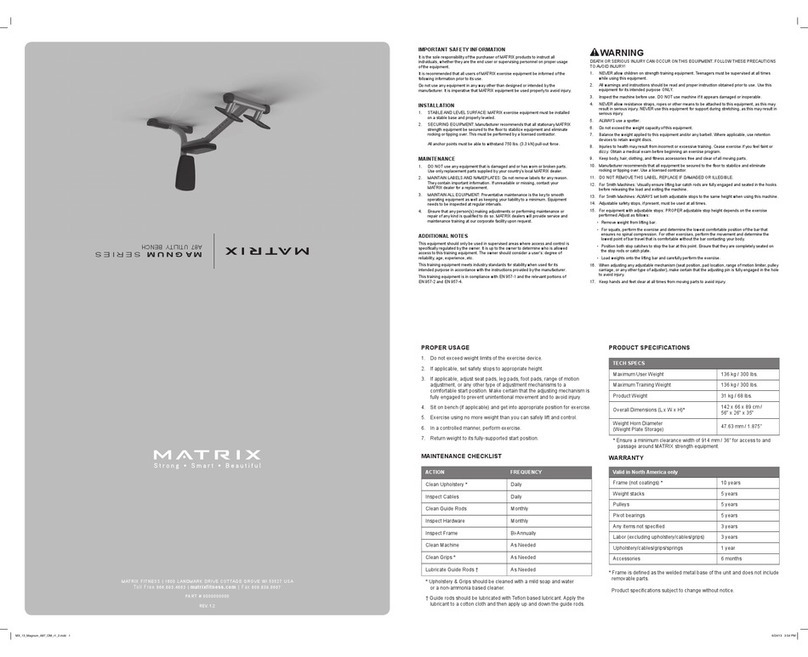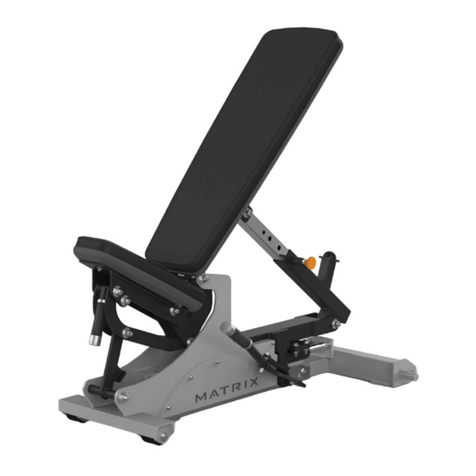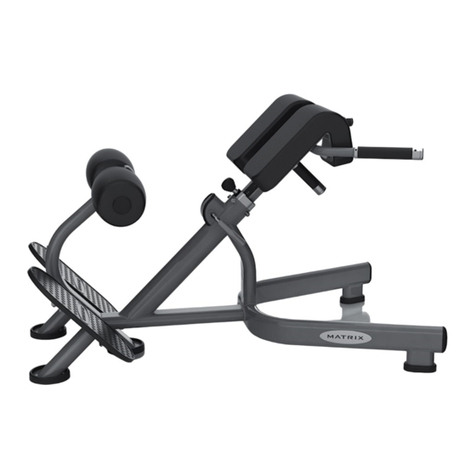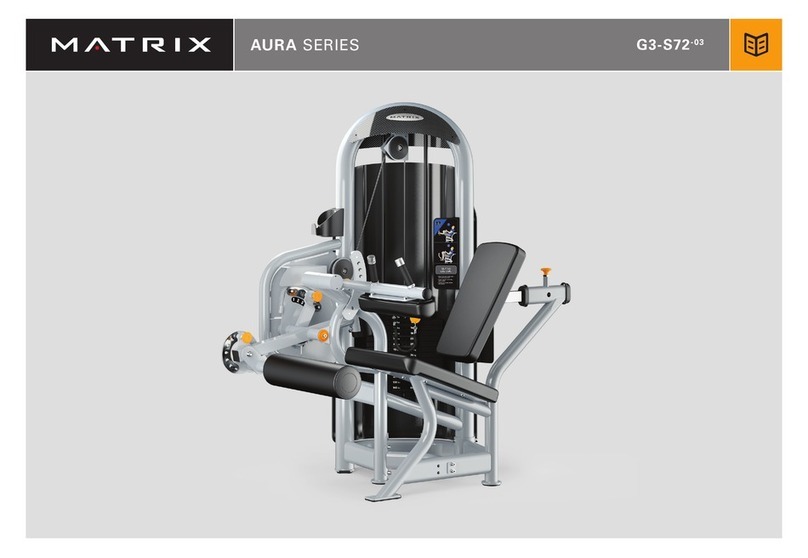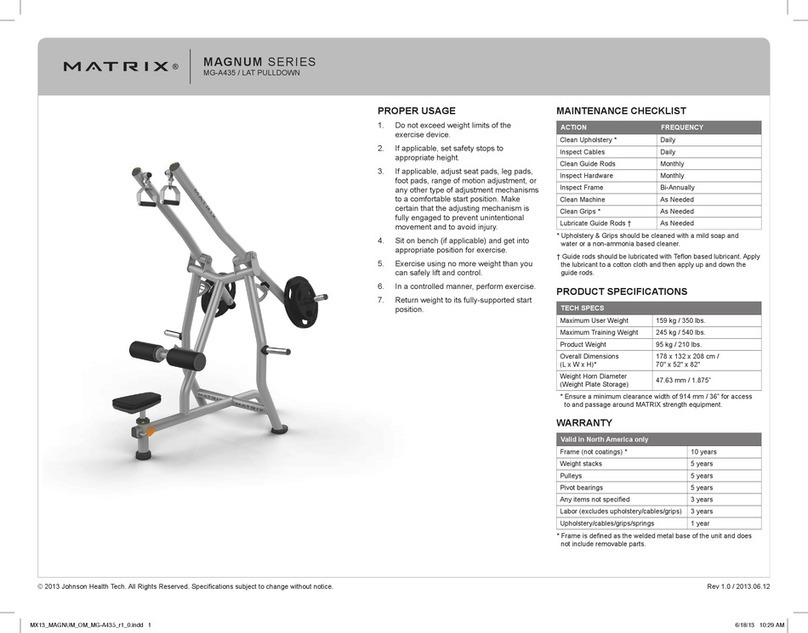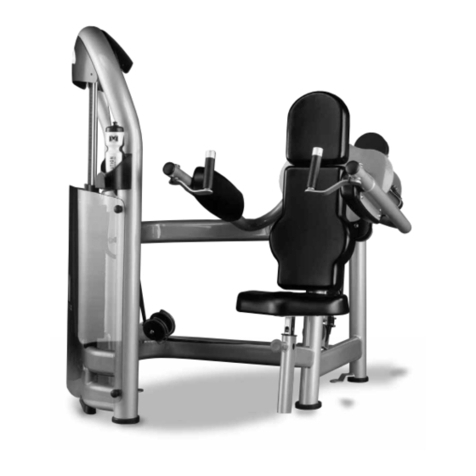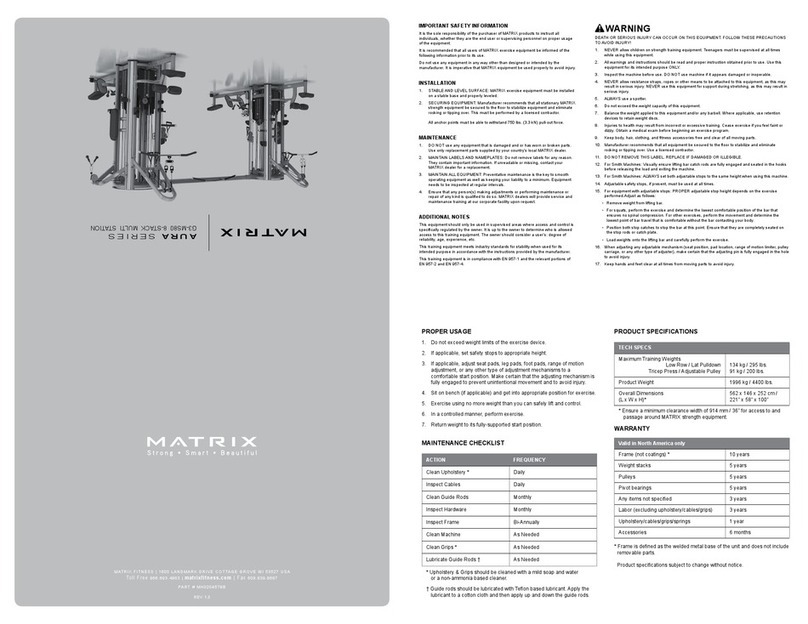
Rev 1.0For more information about Matrix Fitness: matrixfitness.com | Toll-Free 866.693.4863
The next step in designing the wireless network is to determine the distance from the AP that each machine will be placed.
Machines cannot be placed further than 50 feet away from any given access point. This limitation is a best case scenario and
only applies to machines that have direct line of sight to the access point. If there are walls, floors, lighting fixtures, windows,
or other obstructions that block the line of sight to the access point, the maximum distance the machine can be from the access
point is reduced significantly and will need to be determined with empirical testing. For each group of 20 machines, stand in the
center of the group and measure the distance to the furthest machine. If this distance is greater than 50 feet, an additional AP will be
needed to cover this group of machines. If machines are installed on different floors, use additional APs to cover the floors separately.
Understand and plan around interference. There are two main types of interference to be aware of. The first is physical interference.
Physical objects that block line of sight to the access point will interfere with the signal. This includes walls, windows, pillars,
shelving, lighting, air ducting, etc. Choose mounting locations that allow for clear line of sight to the clients. It may be necessary
to use a drop pole to lower the AP below these types of obstructions.
The second type of interference is electrical and magnetic interference. This includes other wireless and radio frequency devices,
such as neighboring access points, cordless phones, baby monitors, and two-way radios. It also includes other devices that emit
EMI (electromagnetic interference), such as microwaves, high voltage power lines, electrical distribution boxes, fluorescent
lighting ballasts, generators, and any other electrical devices that turns currents on and off at high speeds. Avoid running network
cable and mounting APs near these sources of interference.
Once all of the above factors are taken into consideration, should be able to identify the number of access points needed, as well
as the locations that they will be mounted.
Step 2 – Once it is determined where the APs will be located, plan out your cable runs.
Each AP will need a “home run” back to this secure closet housing all the network equipment. Network cables cannot be split
or tapped; each run must connect only to a single AP. Measure the distance from the communications closet to each access
point mounting location. This distance cannot be longer than 90 meters (300’). If the distance exceeds this limit, install an IDF
(intermediary distribution frame) which houses an additional network switch to act as a repeater for the signal. Once you have
planned out all your runs, pull, terminate, and test all cable runs to the AP mounting locations.
Step 3 – Mounting APs
Once cable has been pulled, mount the access points. The following section covers the propagation patterns of the APs
and the appropriate ways to mount them.
Both the MR12 and the MR24 have virtually identical coverage patterns. The coverage patterns are shown below. Both the 2.4GHz
and 5 GHz patterns are fairly symmetric in the azimuthal plane (XY), so it makes little to no difference how
the AP is rotated about the Z-axis when mounting. The patterns are asymmetrical in the elevation plane (XZ), with significantly
more antenna gain in the area directly above the plane formed by the access point (Z+). This results in a coverage pattern that
resembles an inverted cone whose axis of symmetry is normal to the plane of the AP. See the diagram below for a side view
of the green coverage zone.
